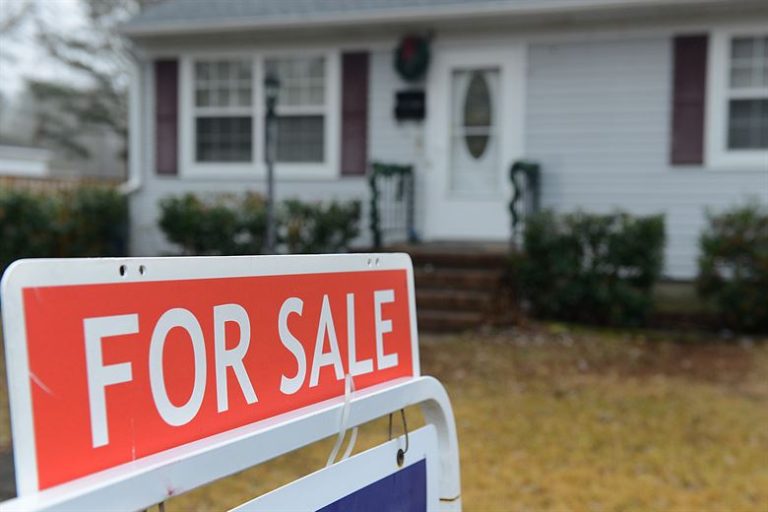The UK is notorious for its rainy weather. For the most part, people just don their waterproof and put up with it. When they get really soaked, however, it’s a miserable experience and getting really soaked can actually make you physically ill. It’s basically the same with buildings, which is why you need reliable timber and damp reports on any investment property you’re considering buying. Reliable means undertaken by a CSRT surveyor Timber and damp is such a huge part of the UK’s property-surveying landscape that, regardless of where you live (or where your buy-to-let property investment is located) any internet search on the term “timber and damp surveyor” is practically guaranteed to produce a whole slew of results. There is, however, a big difference between the skills needed to get to the top of the search rankings and the skills needed to undertake an effective timber and damp survey, so before you part with your cash, make sure that the person who will undertake the survey is a Certificated Surveyor in Remedial Treatments and a member of the Property Care Association, (the trade association which governs the timber and damp industry). The practicalities of a timber and damp survey A timber and damp surveyor is probably going to need to have access to the whole of the property. In this case, the term “whole” means exactly that, from the roof to the ground levels outside and all floors inside. This means that any floor-coverings will need to be lifted (so that the surveyor can examine the state of the timbers underneath them) and the surveyor may even wish to lift at least some of the floorboards so that they can check the condition of the subfloor underneath. The surveyor will be looking for any signs of damage to the timber not just damage caused by damp. For example, they may identify wood-rotting fungi and woodworm infestation as well as general signs of timber decay. They will also look for any issues which have the potential to cause trouble at a future date, such as damaged rainwater goods which could lead to water ingress. Once the surveyor has completed their inspection, they will present their findings to their customer in the form of a report, which will list any issues found and what needs to be done to rectify them. The importance of a damp and timber report When you buy a home, the seller is supposed to highlight any potential issues with the property that they know about or could reasonably be expected to know about. If they don’t then you could pursue them through the courts for the cost of putting right the issues you detected. Leaving aside the fact that this is a hassle most people would probably rather avoid, the key point to note is that you have to be able to show either than that the seller knew about the issue or that they could reasonably have known about the issue. At the current time, only the Scottish government requires sellers to provide buyers with a survey of the property. Throughout the rest of the UK, surveys are undertaken at the buyer’s discretion (or at the mortgage-lender’s insistence) and even in Scotland, arguably somewhat ironically given the climate, the seller only has to provide a basic home report, rather than going specifically into the sort of depth and detail you would expect from a proper timber and damp survey. As the old saying goes, forewarned is forearmed and this particularly true when you are looking at investment property because success in property investment is based on having accurate figures. It’s imperative that you find out about any damp issues before you buy, not after you’ve been sued for health-and-safety issues due to your tenants suffering from asthma brought on by condensation mould.











